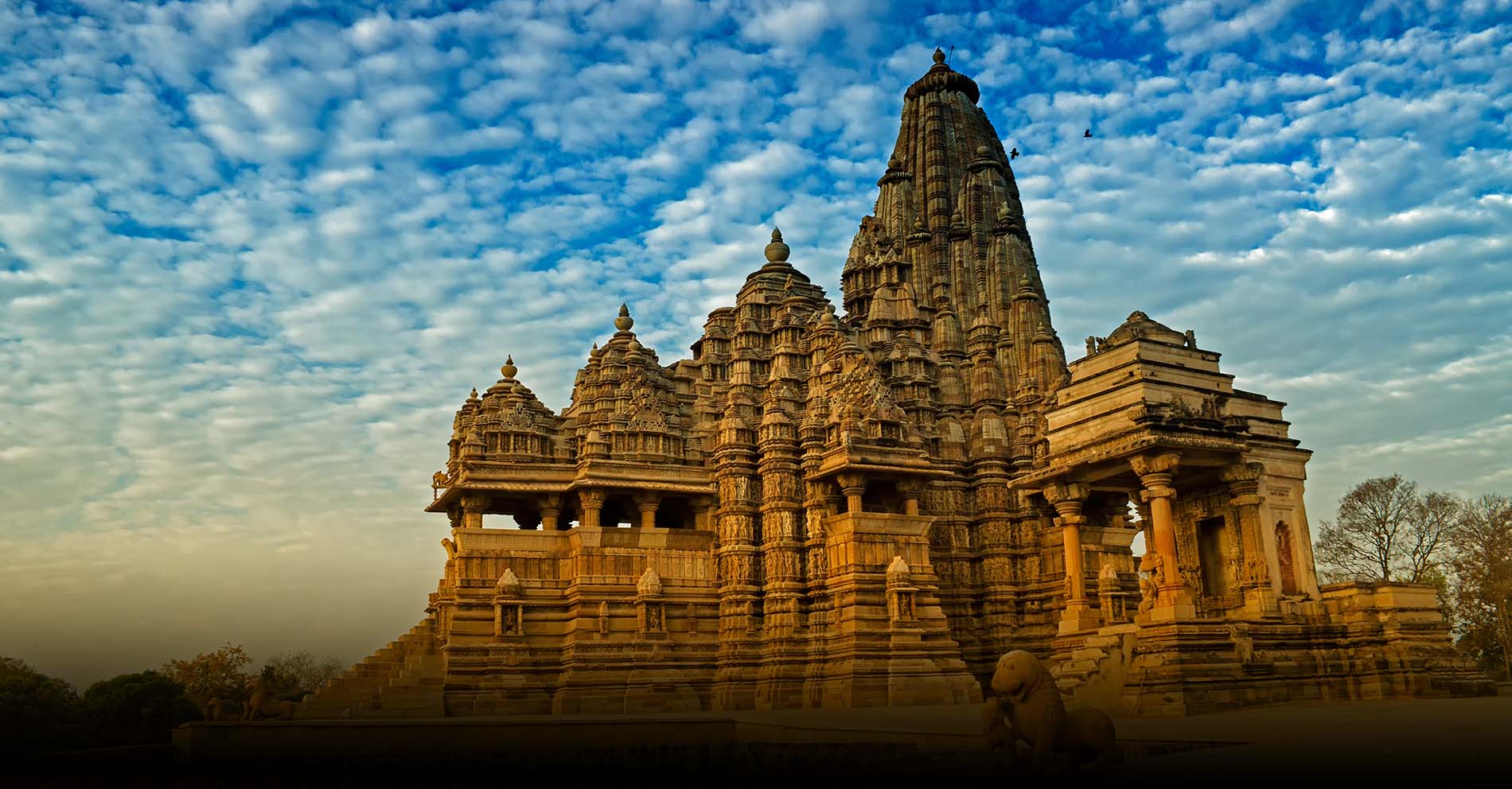The temple structures in India have always been attracting people from all over the world due to its magnificent architecture and minute craftsmanship. Different regions in the Indian continent have different and rich architectural layouts of temples. Over the years everything has evolved and so have the temples but the designs and core theme of the temples are preserved.
Why is there a difference in the architecture of temples in South India and North India?
There is a noticeable difference in the architecture of temples in South India and North India. Following are the reasons for the same:
- The climatic differences,
- Geographical differences,
- Cultural differences
- Difference in History
- Difference in language
- Racial difference
The architectural style of building the temples was taken from the ancient texts known as Shastras. These are the ancient scripts on architecture which gives information relating to how a temple must be built. The structures of the temples in India can be broadly classified into three categories. The first category comprises of the Nagara structure which is mostly found in the Himalayas above the Vindhya Mountains. The second is a Dravidian architecture which can be witnessed in the South of Deccan and the third is the Vesara (Deccan area). To sum it, the North Indian temples are built on the Nagara style of architecture while South Indian temples are built according to the Dravidian style of architecture. One can also witness the Vesara form of architecture in the temples of South India which is a combination of both Nagara style and Dravidian style.
Let us look at the difference in the architecture of the temples in North India and South India based on the following parameters:
Parameters | Nagara form of Architecture | Dravida form of Architecture |
Location | The North Indian temples are built in the Nagara style as per the Shilpa Shastras | The temples that are constructed between Kanya-kumari and Krishna River are built as per the Dravida form as stated by the Shilpa Shastra |
| Size | The boundaries of the Northern sanctuaries are not that big. | The boundaries of the Southern sanctuaries are a lot bigger than the Northern temples. |
| Centre Tower | In North India, the central tower is constructed in a shape of the beehive which is referred to as Shikhara by people of North India. One can find multiple Shikaras at the same time as the architectural design comprises of layers and layers of elements. | In South Indian temples, The centre tower is designed in the form of a pyramid making it tapering and pointed towards the peak of the temple. This is known as the Vimana in Dravidian architecture. In this style of architecture, there is only one Vimana or Shikara |
| Gopuram(gateways) | The entryway or the primary entrance is modest and simple. The architecture of the temples lead in North India begin with a gate which is low in height and then leads to the taller towers which are above the Garba Griha | Dravidian architecture generally comprises of the Raja Gopuram (greatest pinnacle) at the primary gateway These wide and huge gates at the entrance of the temple add to its aesthetic value and this leads to the smaller tower of the temple. |
Listed below are other differences one can notice about the North Indian temple architecture and South Indian temple architecture.
Agamam (Religious literature):
Agamam is a rich collection of literature and Scriptures of the Hindu religion. The South Indian temples and practice and adhere to the Agamam culture whereas, in North Indian temples the Agamam culture is not followed. Also, the North Indian temples do not strictly follow a particular form of ceremonies. In some temples, people can worship the deity idols by going close and even seek blessings by touching the feet of the idol.
Structure and it?s Surrounding
In South India, as mentioned above the temple structures are huge but in North India, though the size of the temples is small the surrounding ambience uplifts the spirituality of any individual visiting these temples. The temples in North India are magnificently built in picturesque surroundings where one can witness the beauty of nature which is God?s creation along with the man-made abode of the Gods and Goddess aka the temples.
The temples in North India are pure art for example temples built on the ghats of Ganges or take for instance the Rishikesh temple. Even the Kedarnath and Badrinath Temples that have the Himalayas surrounding it fills the spirit with devotion and tranquillity. The North Indian structure of the Temples can be referred to as ?Sanidhyam? which is a Sanskrit word meaning close to God or near to the Supreme.
The difference in Stones and metals from which the deity idols are made
The idols installed in the South Indian temples are either moolavar in nature (sculpted of stone) or Utsavar in nature (idols made of five metals (Panchalogam) namely- Gold, Copper, Iron, Silver and Lead). The deity idols in South India are mostly black in colour and are made of Granite stone. The dark shaded deity idols are installed in the temples and never moved from their position. The idols which are made of five metals are often used for parades which are held in the vicinity of the temple.
Whereas, in most of the temples of North India, the deity idols are made of White Marble. The Utsavar forms of idols are not made in North India. Deity idols in marble are considered as divine in north india..










